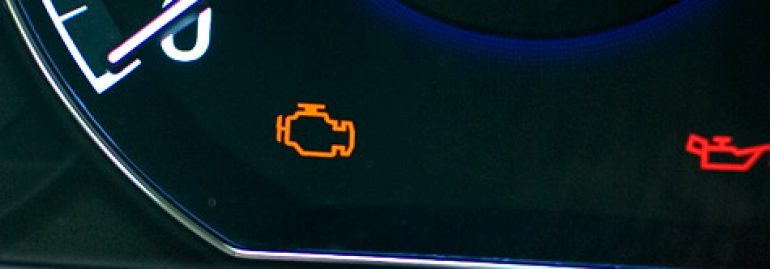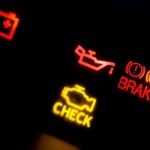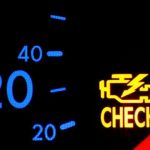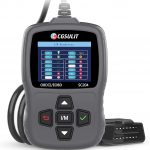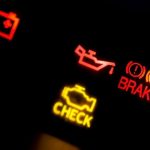When the “check engine” light comes on, most of us have no clue what’s really wrong with our car, or even worse, how much fixing it is about to cost us.
But now some easy-to-use devices promise to clear up the mystery of the orange engine so people won’t be entirely at the mercy of a mechanic.
While they won’t replace a good mechanic anytime soon, systems like TOAD and Total Car Diagnostics can at least narrow down the range of issues.
“Only a mechanic will be able to tell you what’s truly wrong with your vehicle”,” said Jennifer Funkhouser, chief executive of Total Car Diagnostics.
But if the mechanic diagnoses something that bears no relationship to what the car’s own diagnostic system is saying, that’s reason to be suspicious, she said.
A second opinion may be in order.
The check engine light can indicate anything from a loose gas cap to something more seriously out of whack deep inside your car.
It probably doesn’t signal an immediate emergency, said Tony Molla, a spokesman for National Institute for Automotive Service Excellence and a certified auto technician.
If you see an engine temperature light or oil pressure light, that’s an emergency. Pull over and call for help if you haven’t already. If you see a “Check Engine” light, get the car to a shop within a few days, Molla said.
Since the mid-1990s, all cars have had data ports — called “OBD II” ports — so they can be easily connected to computers that will decipher “trouble codes” created by the cars’ internal computers and sensors. The system was originally designed to monitor various systems related to emissions control.
Those codes won’t exactly diagnose what’s wrong with your car but they will indicate what the symptoms are.
It’s like someone saying “My leg hurts a little,” or “I get out of breath when I climb stairs.” A doctor — or, for your car, a mechanic — still has to figure out what’s really causing the problem.
In your car’s case, a “trouble code” might indicate a problem with the air pressure inside the gas tank. That could mean the gas cap isn’t on right. Or, if you own a certain Mazda model, it could indicate a spider has built its web in a fuel tank ventilation tube. Or it could be something in between.
Some simple-looking devices about the size of a cell phone now allow anyone to plug into that port and, with the help of an Internet-connected computer, find out what the car is saying.
For instance, if you see a check engine light you can plug the TOAD device into your car’s OBD port then unplug it and take it to your home computer. It checks any trouble codes against a database of codes received from cars similar to yours. It matches that code to the actual problem that most often causes that code in your type of car.
It may not always be right, but it’s right the vast majority of the time, TOAD insists. In some cases, it will also show you some slightly less common issues that may also cause the particular trouble code your car shows.
TOAD’s database also includes labor and parts costs estimates for various parts of the country, so you can find out not just what might need to be done but how much it should cost.
Another system, Total Car Diagnostics, simply provides layman’s descriptions of what the trouble might be and offers advice on what to do without picking favorites.
Trouble code P0420, for example, literally means “Catalyst System Efficiency Below Threshold.” Eh…. What?
Total Car Diagnostics’s Web site advises you to check and replace the gas cap. If that doesn’t work, you’ll need to see a mechanic to have other parts of your fuel system checked over.
You should be careful about trusting devises like these too much, said Molla.
“It’s like walking into a doctor’s office with a WebMD print-out and saying ‘Look, I’ve got malaria,'” he said.
The doctor will want to thoroughly check you out and make his own determination. And no matter what some plastic doohickey says, the automotive technician still needs to do his job and figure out the real problem.
By the way, the OBD port can provide other information besides just things going wrong. If you leave the Total Car Diagnostics device connected as you drive, it can collect a host of information about how you or others who use your car — like your teenage offspring — are driving.
It collects data on top speed during a trip and the number of “hard” and “extreme” acceleration and braking maneuvers.
Information like that could be even more useful for keeping your car on the road and out of the shop.


